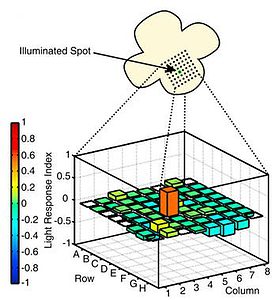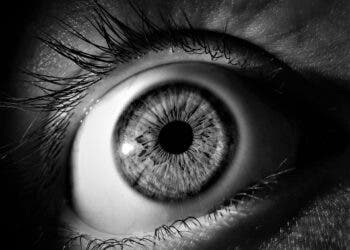A long time ago I wrote a piece on the developments made by a group at University of California, Berkeley that managed to restore light perception to blind mice without using invasive procedures like surgery. A chemical was used and just as easy as putting some eye drops, the researchers enabled mice to sense light when such a thing wasn’t possible before. Now, the same group has developed a new chemical that works much in the same way as the previous one, only much better: it lasts longer and isn’t potentially dangerous like before. Hopefully, this chemical or some upgraded version may be used in treating patients suffering from degenerative retinal disorders.

The retina is comprised of three layers, but only the outermost layer is photoreceptice, containing the rod and cone cells that respond to light. When the rods and cones die during the course of degenerative blinding diseases, like retinitis pigmentosa and age-related macular degeneration, the rest of the retina is still intact – it’s just that it’s not responsive to light causing loss of sight.
The new chemical called DENAQ, which replaced AAQ, confers light sensitivity for several days with ordinary white light and only impacts retinal ganglion cells if the rods and cones have already died. The latter part is really important since if you still have functioning eye sight, in the sense that you’ve already lost a bunch of ganglion cells but not all of them, those cells that are still active won’t be affected by the chemical. The previous AAQ photoswitch chemical required very bright ultraviolet light, which can be damaging, to work.
“Further testing on larger mammals is needed to assess the short- and long-term safety of DENAQ and related chemicals,” says Richard Kramer of the University of California. “It will take several more years, but if safety can be established, these compounds might ultimately be useful for restoring light sensitivity to blind humans.”
Findings were reported in the journal Neuron.






